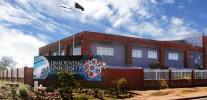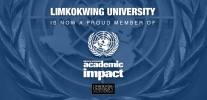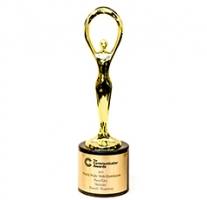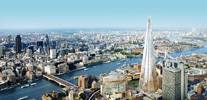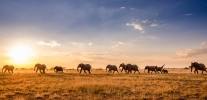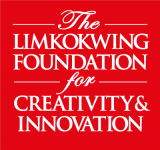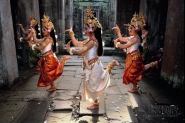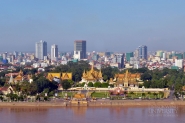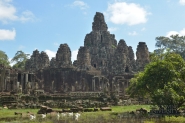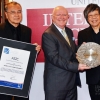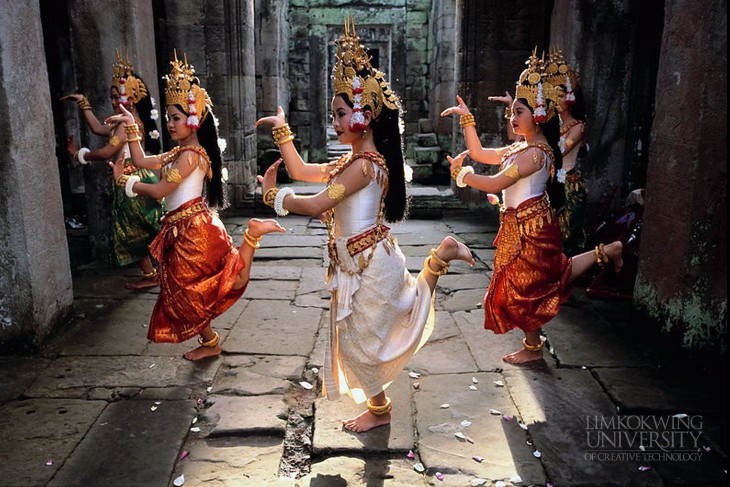 Picture Credit of Angkorfocus.com
Picture Credit of Angkorfocus.com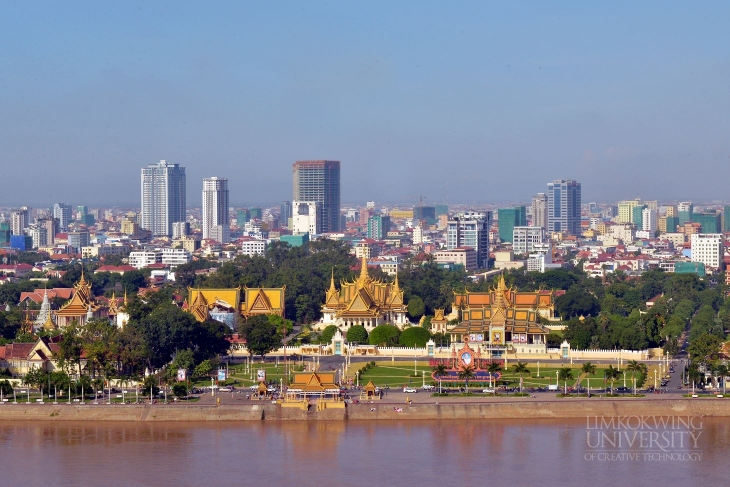
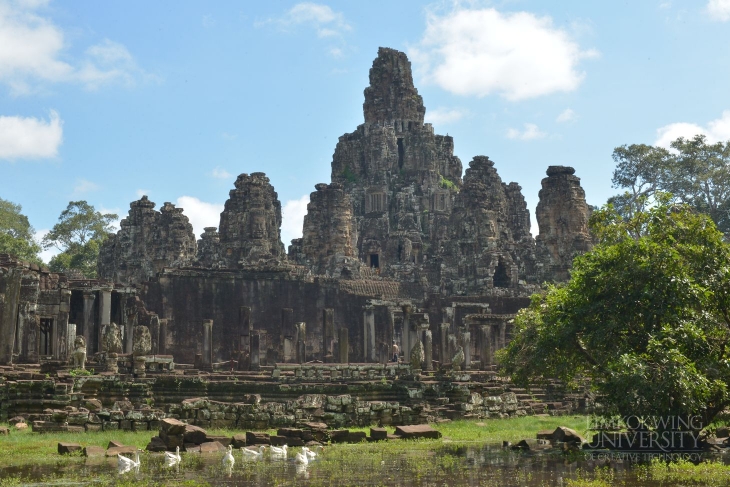
Officially known as the Kingdom of Cambodia, it is a Southeast Asian country that borders Thailand, Laos, Vietnam, and the gulf of Thailand.
The country’s landscape is characterised by low lying central plain that is surrounded by uplands and low mountains. The two dominant features of the country are the Mekong River and the Tonle Sap Lake. The Mekong River is also known as the world’s 12th longest river while the Tonle Sap Lake is Cambodia’s central food provision.
Emerging from a turbulent history, the Cambodian culture is rich with history which has been influenced by Theravada Buddhism, Hinduism, French colonialism as well as Angkorian culture.
Economic development relies on textile and tourism as the main contributor for growth. Textile consisted of 80% of the country’s export and is the country’s main economic driver. Together with the tourism industry, Cambodia’s real growth is expected to reach 6.9 percent in 2016. Strong economic growth is helping to reduce the country’s effort in poverty reduction.
The country relies heavily on archaeological preservation to attract international tourism Cambodia. Historical and archaeological exhibits are major attraction and is often featured in various films.
Cambodia was once the seat of power of an ancient Asian civilisation known as the Khmer Empire. A powerful state during its prime, the Empire reigned for more than 600 years between 802 CE and 1431 CE.
The city of Angkor was the former capital for the Khmer Empire. The ruins of Angkor are the few remaining legacy in present day Cambodia. These ancient monument, Angkor Wat and Bayon are former cities which once symbolised the ancient kingdom’s authority.
Angkor Wat, which means “Temple City” is a temple complex and is the largest religious monuments in the world. It was originally constructed as a Hindu temple for the Khmer Empire before gradually becoming a Buddhist temple by the end of the 12th century.
To date, archaeologist are still uncovering ancient sites around the ruins of Angkor Wat which showed the empire had once extended further in the surrounding forests and around the Mekong River.
Cambodia is also abundant with natural resources which include oil and gas, timber, gemstone, iron ore, manganese and phosphates.



